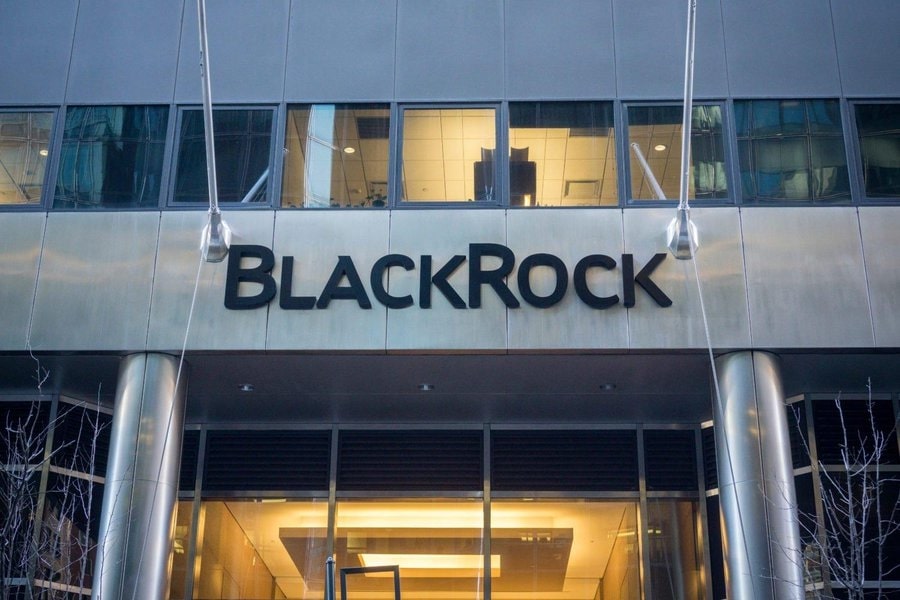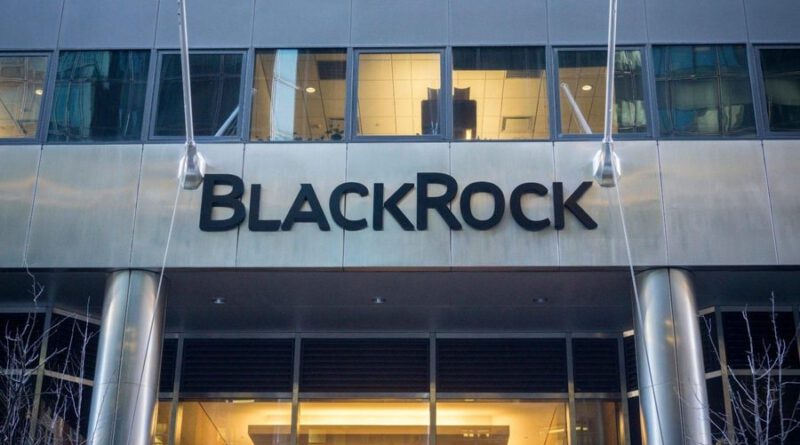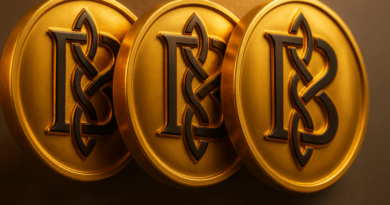BlackRock Engages Anchorage Digital to Enhance Crypto Custody and Tokenized Asset Infrastructure
Key Takeaways:
- BlackRock expands its network of digital asset custody through a partnership with Anchorage Digital.
- Anchorage will be the home of BlackRock’s tokenized treasury fund (BUIDL) on Ethereum.
- This move is part of BlackRock’s broader entry into tokenized real-world assets (RWAs).
- Anchorage provides regulated, secure crypto custody tailored for institutions.
Expanding Digital Asset Infrastructure
BlackRock has brought Anchorage Digital onto its growing list of digital asset service providers. The transaction is focused on secure, regulated custody infrastructure that will support BlackRock’s growing adoption of tokenized financial products. As institutions grow their exposure to crypto, BlackRock is growing the backend with trusted infrastructure.

Tokenized Treasury Fund (BUIDL) Custody
An underlying feature of the partnership is Anchorage’s support for BlackRock’s tokenized U.S. Treasury fund, BUIDL (BlackRock USD Institutional Digital Liquidity Fund), launched in March 2024. The fund is tokenized on the Ethereum blockchain and designed to facilitate near-instant settlement and increased transparency.
Support features:
- Tokenized asset custody
- On-chain settlement functionality
- Institutional-grade wallet integration
- Security-focused infrastructure complying with federal regulation
BUIDL is BlackRock’s foray into real-world asset tokenization, which enables investors to gain exposure to U.S. Treasury bills in tokenized form while still reaping the benefits of blockchain-native properties like programmability and real-time monitoring.
Institutional Push Behind Crypto Custody
The Anchorage partnership demonstrates the rising institution trend towards diversification into digital currencies and tokenized assets. As institutional asset managers increasingly adopt crypto, more demand is being driven for secure, regulated infrastructure.
BlackRock’s overall strategy encompasses:
- Supporting billions of Bitcoin and Ethereum
- Issuing spot Bitcoin ETFs
- Testing tokenized money market and bond products
- Building a strong network of service providers across the crypto ecosystem
Infrastructure Strength and Anchorage Digital’s Role
Anchorage stands out among crypto custody institutions as a federally chartered crypto-native bank. Its compliance-centric, institution-grade security makes it particularly suitable for businesses like BlackRock.
Anchorage’s competitive strengths include:
- Federal charter by the Office of the Comptroller of the Currency (OCC)
- Utilizing multi-party computation (MPC) to secure private keys
- Direct staking out of custody
- Support for on-chain participation like governance and treasury activities
Anchorage’s infrastructure is built specifically for the kind of operational sophistication and regulatory need that traditional finance institutions possess.
BlackRock’s Expanding Digital Asset Strategy
With this new partnership, BlackRock is building an effective framework for exposure to digital assets. The focus is not merely on holding cryptocurrencies but on creating products that leverage the strengths of blockchain and traditional finance.
These moves reflect the asset manager’s vision for financial infrastructure on a blockchain basis duplicating the same as the existing system but with greater efficiency, programmability, and transparency.
Broader Implications for Financial Markets
The BlackRock-Anchorage Digital joint venture is part of a broader trend in the adoption of blockchain by mainstream finance. Real-world asset (RWA) tokenization is emerging as a dominant theme, with governments, banks, and institutions increasingly exploring blockchain-based asset tokenization of assets like bonds, treasuries, real estate, and private equity.
Anchorage’s ability to provide secure, compliant custody enables the tokenization trend to scale responsibly, without compromising security or regulation.
The post BlackRock Engages Anchorage Digital to Enhance Crypto Custody and Tokenized Asset Infrastructure appeared first on CryptoNinjas.
CryptoNinjas





















